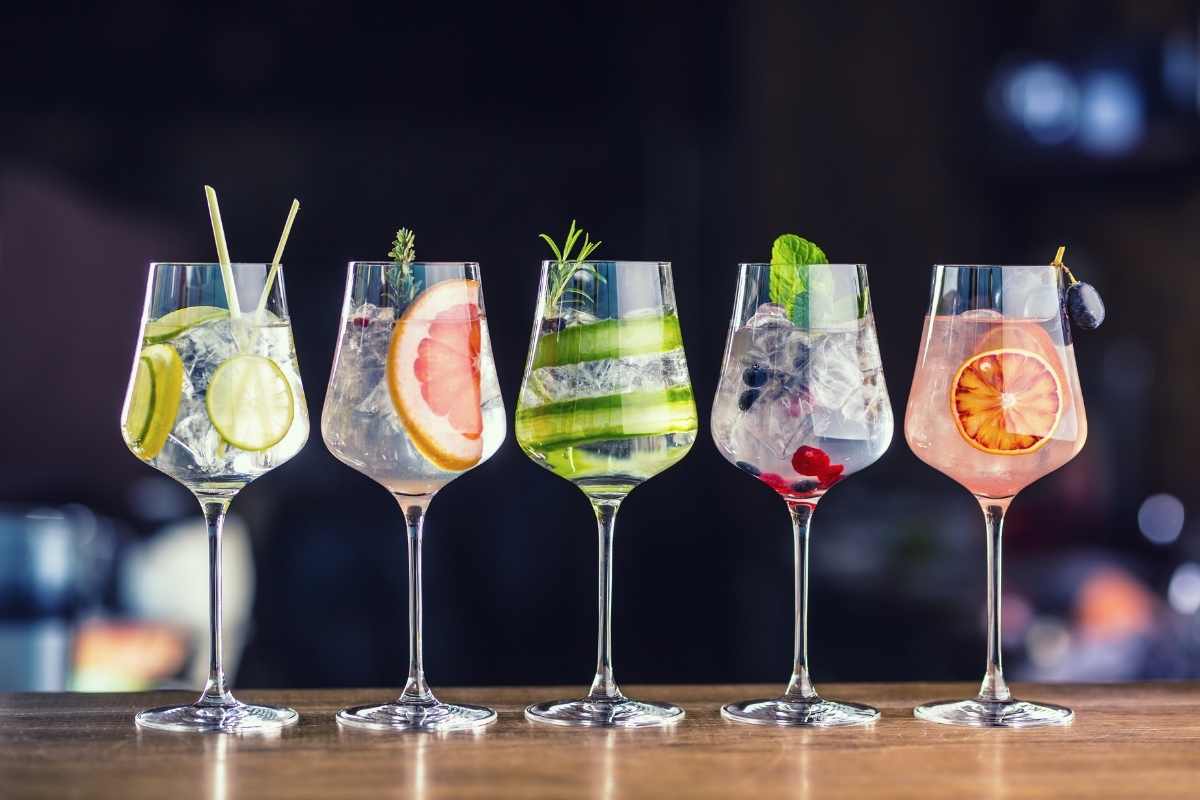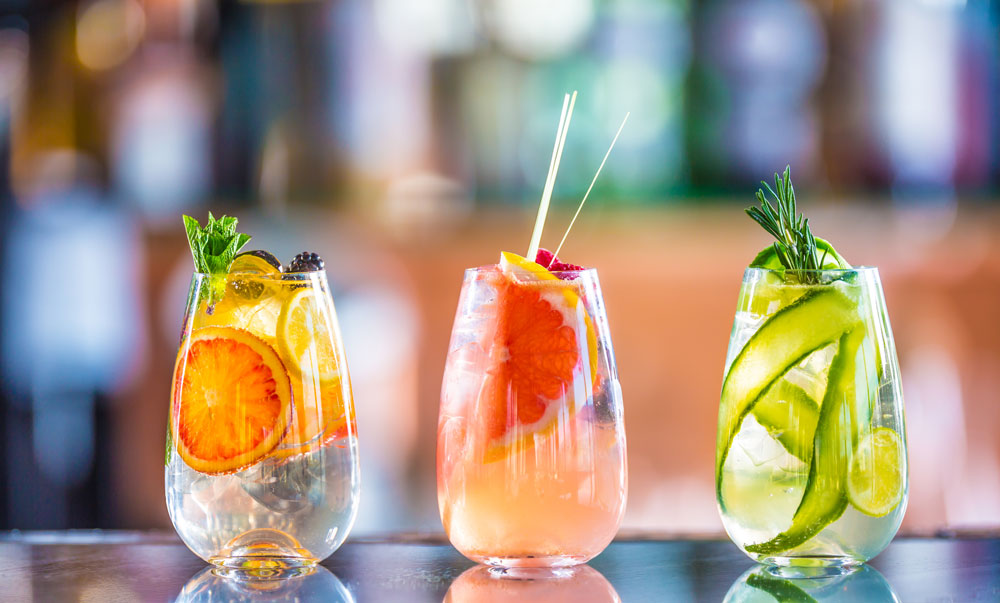

Australia, renowned for its sun-soaked beaches, iconic landmarks such as the Sydney Opera House, unique wildlife, and the majestic outback, also takes pride in its vibrant liquor industry. Tucked amidst the country’s cultural diversity and rich history lies a less-known gem – its flourishing scene of gin production. Australia’s diverse landscape, rich in unique botanicals, serves as a fertile ground for the sprouting Australian gin distilleries, which have managed to make a mark on the global platform with their craftsmanship and innovative spirit. This article invites you on an enlightening journey into the world of these distilleries. This post will dive deep into what makes these distilleries distinctive, explore the detailed process of crafting gin in Australia, highlight the role of local botanicals in defining the character of Australian gin, unveil the booming trend of gin tourism, and speculate on the promising future of gin distilling down under.
Table of Contents
The Process of Crafting Gin in Australia
Crafting gin in Australia is an art in itself. It’s a delicate balance between the precise science of distillation and the creative use of flavours. The process commences with a base spirit, which is typically grain-based. This base spirit undergoes distillation, and it is during this critical process that the flavours come into play. Australian gins are known for their flavourful profiles, which are achieved by the careful introduction of botanicals during distillation.
These botanicals range from traditional gin ingredients such as juniper berries and coriander seeds to uniquely Australian flora like the lemon myrtle or the Tasmanian pepper berry.
Harnessing Local Botanicals in Gin Production
One of the defining features of Australian gin distilleries is their unwavering commitment to using native botanicals in their production process. Australia’s unique flora presents a treasure trove of unique plants and spices that cannot be found anywhere else in the world. By incorporating these local botanicals, distilleries are not only innovating the flavour profiles of gin but also celebrating and promoting Australia’s rich biodiversity.
The use of native botanicals like wattleseed or Tasmanian pepper berry not only adds a unique flavour to the gin but also encapsulates the essence of Australia.

The Rise of Gin Tourism
In the past few years, Australia has seen a surge in gin tourism. More and more enthusiasts are finding their way to local distilleries, driven by their curiosity to experience first-hand the craft of making gin. Distilleries often offer guided tours of their production units, tastings of their artisanal products, and even gin-making classes for those eager to learn. These experiences provide an insider’s view into gin production, allowing visitors to appreciate the craftsmanship that goes into each bottle.
Looking Towards the Future: Australian Gin
Looking ahead, the future of gin production in Australia seems promising and filled with opportunities. The industry is ripe for innovation, with the continual exploration of local botanicals and innovative production methods. As the local distilleries continue to receive domestic and international recognition, the industry shows no signs of slowing down.
It’s expected that more distilleries will continue to emerge, each offering a unique take on this classic spirit. At the same time, gin tourism is predicted to gain more momentum, solidifying its place as a crucial part of the Australian tourism industry. Amidst all these exciting developments, one thing remains constant – the commitment to sustainable and localised production, which is likely to remain at the core of the industry.
Conclusion:
To sum it all up, Australian gin distilleries are an integral part of the country’s liquor industry. By their unique usage of local botanicals and innovative crafting techniques, they offer a distinct taste of Australia that resonates with gin enthusiasts worldwide. As one raises a glass to the industry’s bright future, it is time to anticipate more distinctive flavours, an expanding gin tourism sector, and a continued commitment to sustainability. So here’s to Australian gin— a celebration of its past, a toast to its present, and an exciting peek into its promising future.
